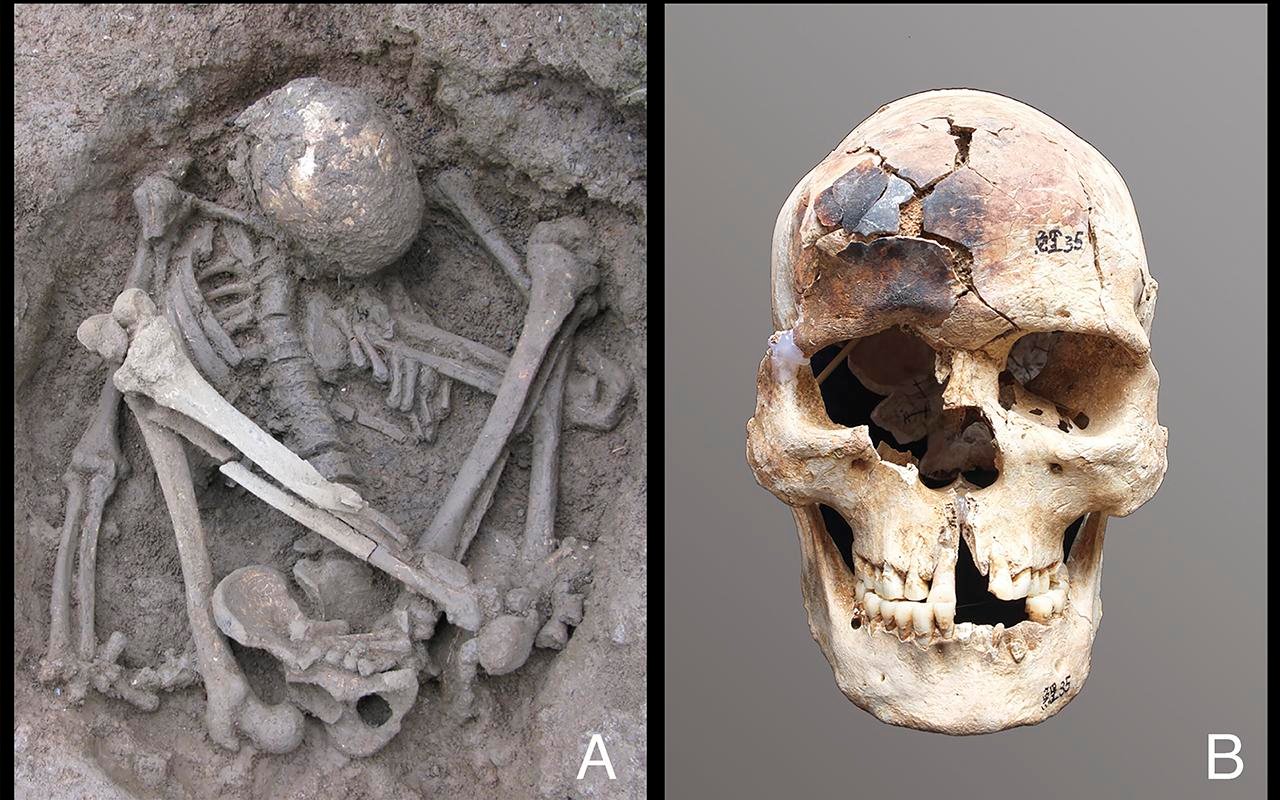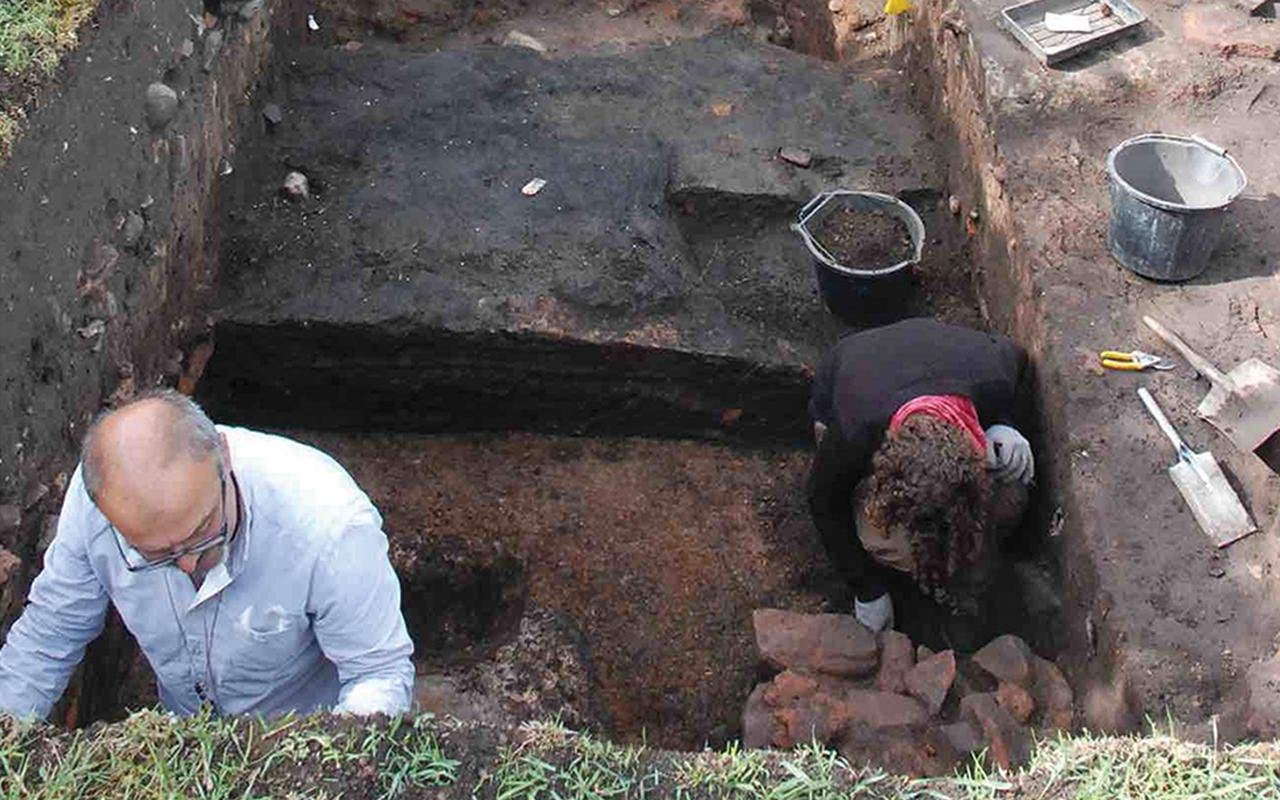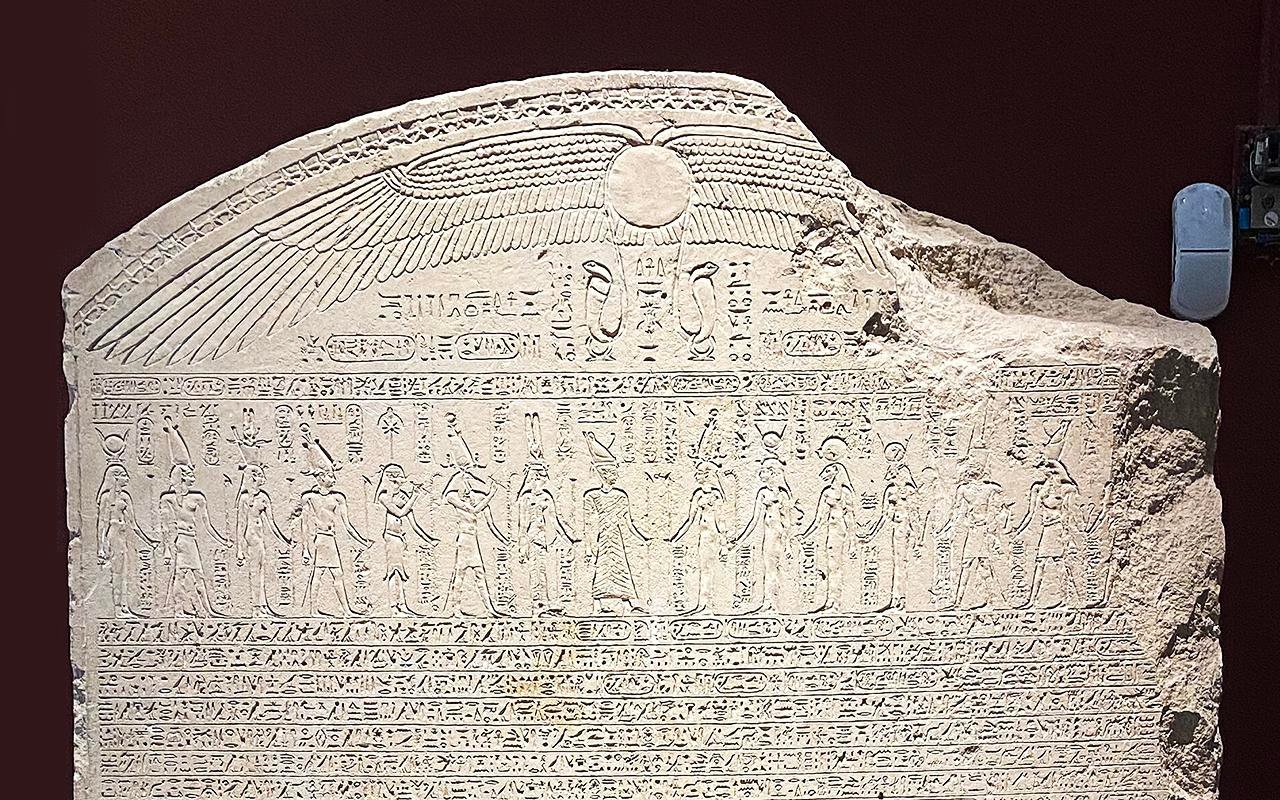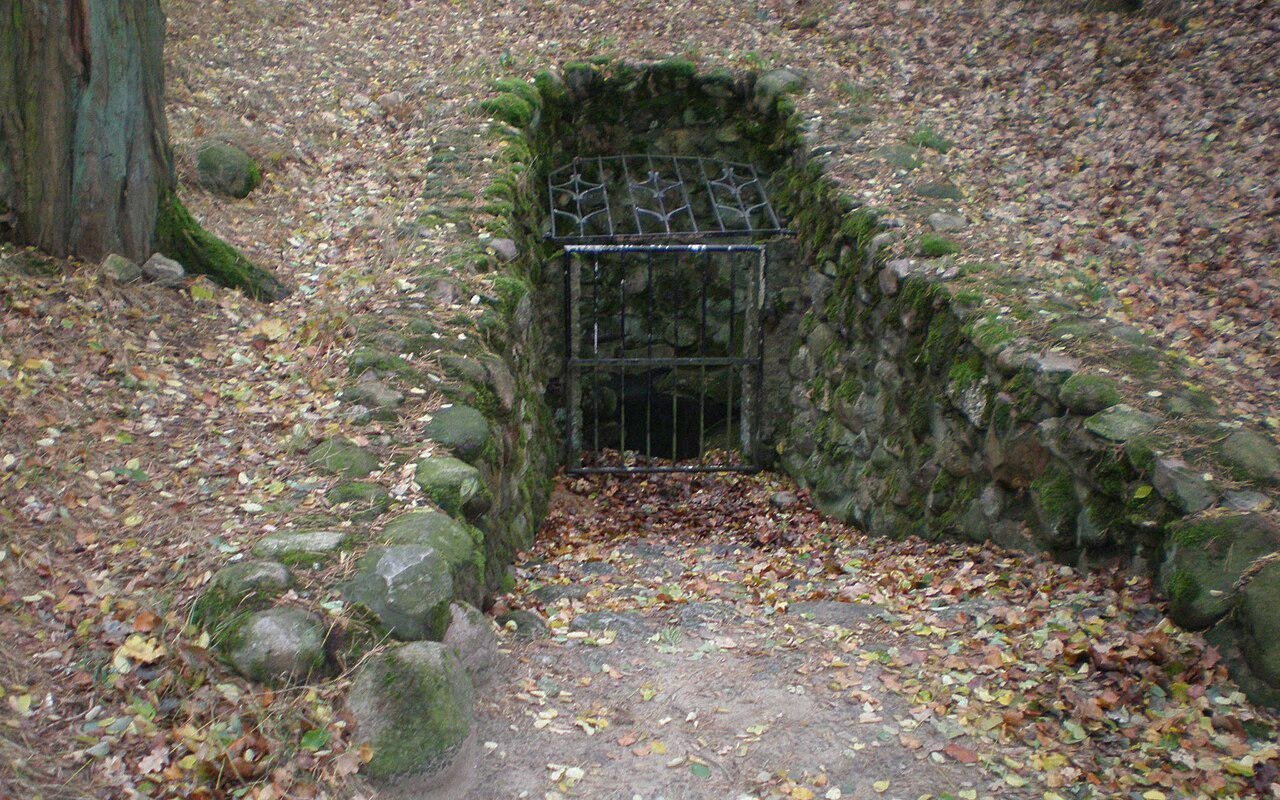A team of researchers has reconstructed the face of Emperor Wu, a prominent figure of the Northern Zhou dynasty in ancient China, who lived approximately 1,500 years ago.
 A facial reconstruction of Emperor Wu, a prominent figure of the Northern Zhou dynasty. Credit: Pianpian Wei
A facial reconstruction of Emperor Wu, a prominent figure of the Northern Zhou dynasty. Credit: Pianpian Wei
Emperor Wu, who reigned from 560 to 578 CE, played a pivotal role in Chinese history by unifying the northern part of ancient China and establishing a robust military presence. His rule marked a tumultuous period of dynastic shifts and political instability in China.
Through a meticulous analysis of ancient DNA extracted from his remains, researchers have reconstructed the face of this enigmatic figure. The study, led by researchers from Fudan University in Shanghai, offers fascinating insights into the physical appearance and health of Emperor Wu. By analyzing genetic material obtained from his nearly complete skull, the research team was able to discern details about his facial features, skin color, and susceptibility to certain health conditions.
Contrary to some scholarly accounts that described the Xianbei people, Emperor Wu’s ethnic group, as having ‘exotic’ features such as thick beards and high nose bridges, the genetic analysis revealed that he possessed typical East or Northeast Asian facial characteristics. With brown eyes, black hair, and dark to intermediate skin tone, Emperor Wu’s appearance closely resembled that of present-day Northern and Eastern Asians.
Moreover, the study shed light on the emperor’s untimely demise at the age of 36. While historical records had speculated various causes of death, including illness or poisoning, the genetic analysis indicated a genetic susceptibility to stroke. This finding aligns with historical descriptions of Emperor Wu exhibiting symptoms such as aphasia, drooping eyelids, and an abnormal gait—common indicators of a stroke.
The research also highlighted the intermingling of the Xianbei people with the ethnically Han Chinese population as they migrated southward into northern China. Dr. Shaoqing Wen, one of the corresponding authors of the study, emphasized the significance of this research in understanding ancient migration patterns and cultural integration. He remarked, “This is an important piece of information for understanding how ancient people spread in Eurasia and how they integrated with local people.”
Furthermore, the study exemplifies the remarkable advancements in DNA technology, enabling researchers to breathe new life into long-deceased historical figures. The research team plans to extend their genetic analysis to the inhabitants of ancient Chang’an, a pivotal city in northwestern China. By unraveling the genetic heritage of this ancient metropolis, they hope to unravel further mysteries surrounding migration patterns and cultural exchanges in ancient China.
More information: Panxin Du. et al. (2024). Ancient genome of the Chinese Emperor Wu of Northern Zhou. Current Biology. doi:10.1016/j.cub.2024.02.059





